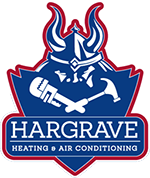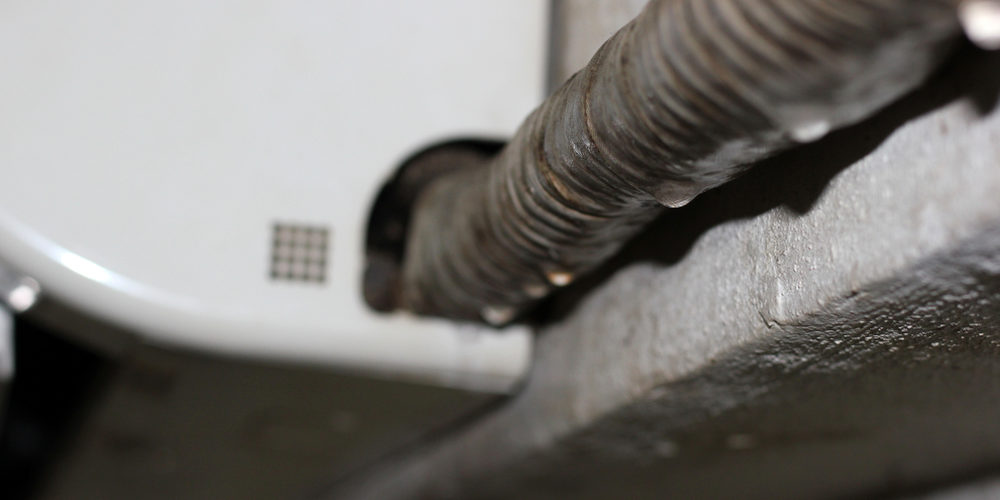If there’s any good news that your AC is leaking water, it is that at least it isn’t a leaky basement, which can look much the same.
But, that’s where the “good news” stops. If your air conditioner is leaking water, it can lead to many of the same problems as a leaky basement. It can create an old and a musty smell, but it can also seriously damage your furnace and air conditioning system.
These Are the Potential Reasons Your AC Unit Might Have Water Leakage
The basic reason for any amount of water to be in or around your HVAC system is condensation. When warmer air contacts the pipes that carry cooled refrigerant, condensation forms.
Fortunately, your system is designed to drain away from the water through the condensate drain line. But, for the reasons listed below, there are situations that will cause water to leak.
- Frozen Evaporator Coils – Cold refrigerant circulates through the evaporator coils to remove the heat in the air that passes through the coil assembly. If the indoor HVAC unit’s air filter is dirty, it can restrict airflow to the point where the coils freeze. This is due to the refrigerant not absorbing enough heat.
Any condensation that forms on the coils freezes, builds up, then melts into the drain pan, which can overflow. In addition to dirty air filters, closed or blocked air vents, lack of refrigerant, a broken blower motor or dirty evaporator coils may cause the coils to freeze. - Damaged or Overflowing Drain Pan – The drain pan is located below the indoor air handler, usually near where the drain pipe comes out from the HVAC unit. The drain pan is there to catch any incidental condensation that isn’t taken away by the drain pipe.
Cracks and/or holes can form in the drain pan over time. Of course, if that happens, any water that falls into the drain pan will seep through the cracks or holes, and into the AC system below—and your basement.
Also, if there is too much condensate for the drain pan to handle, the excess water will overflow. - Blocked Condensate Drain Pipe – it’s perhaps the main component in the system that takes condensation from your indoor HVAC unit to a drain. That means, if it is clogged, the water has nowhere to go, except onto the floor around the HVAC air handler.
If you enjoyed this post, check out our recent article “Your Guide to Hydronic Heating”.




